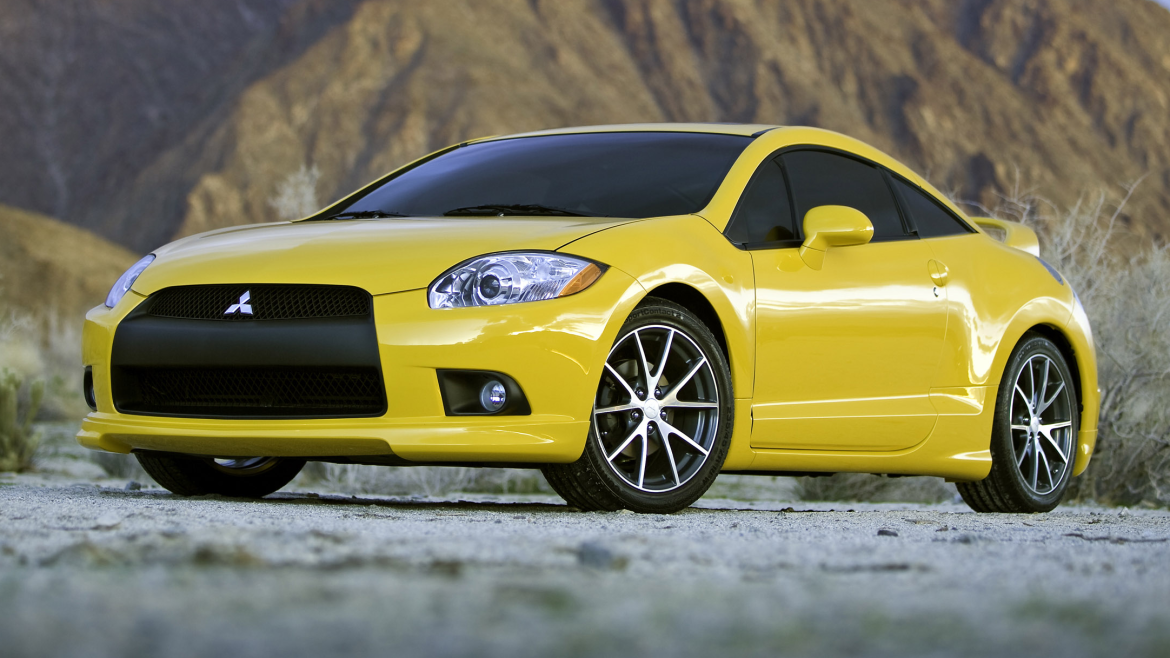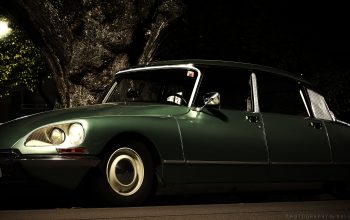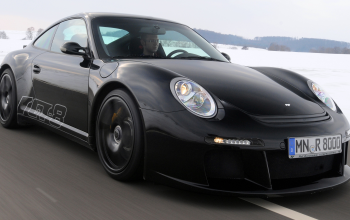I’d like to start the discussion by reminding the readers how great affordable sports cars are; they are reasonably reliable (to an extent, of course), powerful enough to give you the morning punch you need on your commute and sporty enough to get a glare from your neighbors. That’s all good and well, and this recipe has resulted in many successful and popular models on the market, such as the arguably king of sports cars, the MX-5, the Porsche Boxster (especially the 986 generation with funny headlights) and more recently, the GT 86. However, it’s possible to find cars that are left behind in the dusty shelves of affordable sporty wagons, and among many lies the fourth generation Mitsubishi Eclipse. Who would’ve thought.
But what went wrong? What was the exact reason that made this generation of Eclipse such a forgotten and poorly aged car? After all, it was built by one of the masterminds of automotive. I guess not even being one of the bests can stop you from creating a flop. What makes it even sadder is that the previous generation Eclipses were marvelous cars, especially the first two generations despite their minor reliability issues. The second generation Eclipse became an icon in popular culture, too. Perhaps this was a tall order for Mitsubishi to produce a similarly successful result. But Mitsubishi tried anyway and introduced the fourth generation Eclipse.
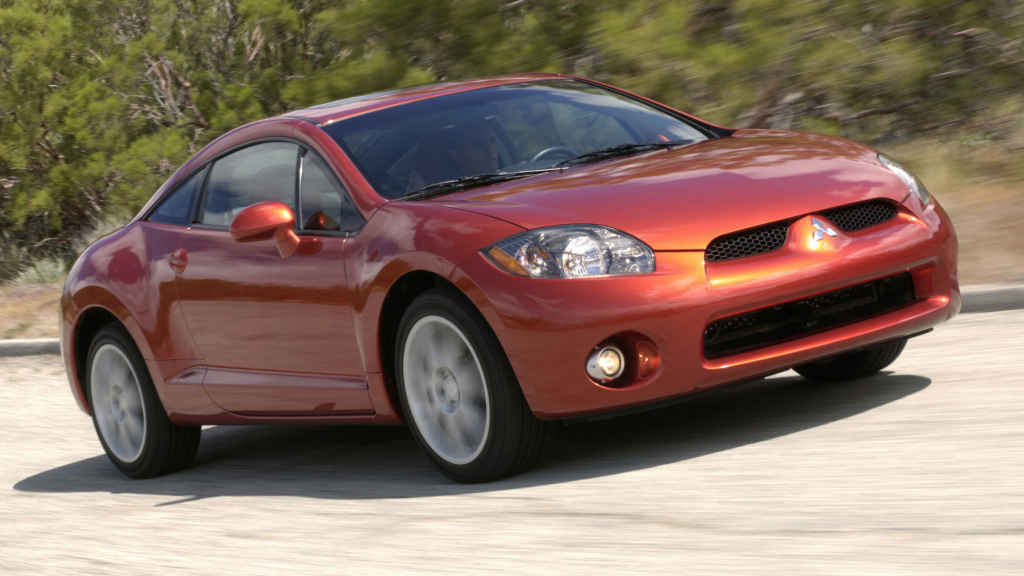
The fourth generation Eclipse was foreshadowed by the Concept-E that came out a year prior to the production, which began in late 2005. It was built on Mitsubishi PS platform, shared with Endeavor and Galant at the time. Unlike previous generations, the fourth generation was only available in front-wheel drive. Five trims were offered throughout its production; GS as the base model, powered by the smooth but lackluster 2.4 L 16v 4G69 inline-4 engine producing 162 hp, with 5-speed manual or 4-speed automatic gearbox options. GT was the highest trim level that had a 3.8L 24v SOHC 6G75 V6 engine producing 263 horses. 6-speed manual and 5-speed automatic transmissions were offered for the GT trim. The SE trim was basically a cosmetic addon to any trim level offered. Soft-top convertible versions of the trims were offered in 2007.
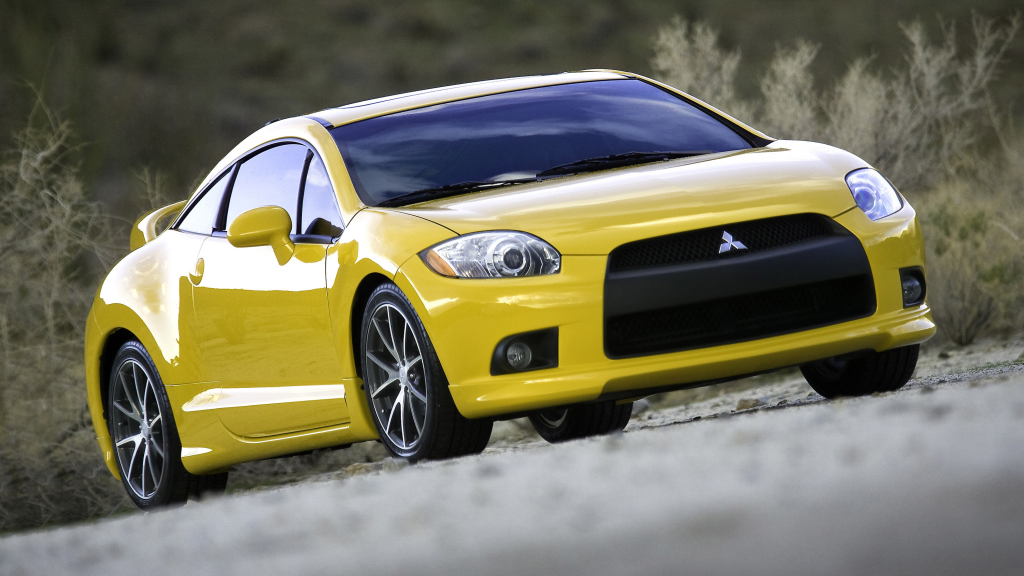
On paper, the fourth generation sounds promising. But when it comes to the actual execution, the result seems a bit underwhelming. While the range topper Eclipse GT could reach 60 mph in just 6 seconds, the curb weight of 1615 kg means that it was never as fast as it could be. The Spyder was even heavier at 1706 kg. Oops. At this point, the base GS model is not even in the same league as the top GT anymore. It seems like the fourth generation Eclipse, like the 350Z, had a bit of an existential crisis. Was it a big grand tourer for the American roads or a genuine sports car and a good modern alternative to the Miata or the original Fairlady?
While the car struggled to answer this question, Mitsubishi brought two model updates in 2009 and 2011 respectively for a fresh look. However, the design was already deemed dated by most automotive journalists and it was insufficent to salvage the fourth generation Eclipse’s underwhelming reputation. The car suffered from its identity crisis and was deemed slow with a bad ride quality, subpar speed and its massive understeer issues. On top of that, its interior was seriously lacking compared to the competition. However, it had its strong sides. It had a big trunk space, much bigger than its rivals. The reliability was improved following the 2009 facelift. However, it simply was not enough to save the Eclipse from going down as one of Mitsubishi’s failures.
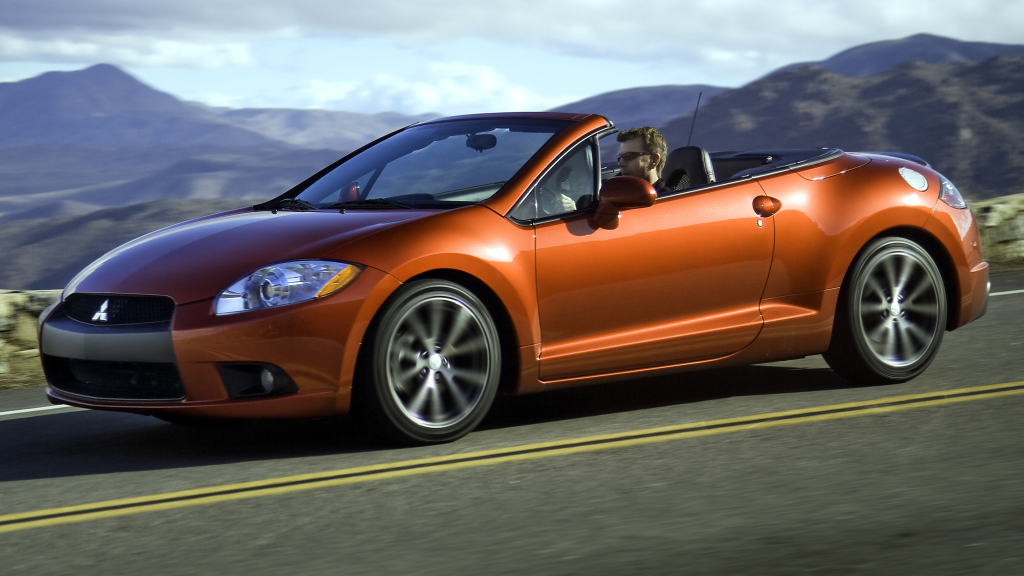
What Mitsubishi should have done from the start is to design the fourth generation as a full-on grand tourer. The Eclipse GT is a car that wants to be a long-distance cruiser, but forced to act like a sports car, in a nutshell. A car that suffered from a similar fate was the 350Z, but it managed to win people’s hearts through movies and video games. Of course, its rear-wheel drivetrain also had a part in its rise. The Eclipse GT never had the same opportunity to capture the car community, and you know what? That is exactly why it is special! These cars might be underperforming compared to their rivals, but the underdog factor is hardly a pocket pusher. You could get an Eclipse GT for prices around $6,000 to $12,000, depending on the model year and condition.
Here comes the subjective part. In my opinion, I think it’s not a bad looking car at all. The styling, especially for the pre-facelift might look dated, but it also feels avant-garde at the same time. Looks much better than the Galant that it shares its platform with, for sure. And the fact that you could get one of these for a few thousand is surely tempting. Not that the Eclipse GT should be your main go-to, especially if you are looking for proper sports cars, but it is a quirky alternative that should be put in consideration.
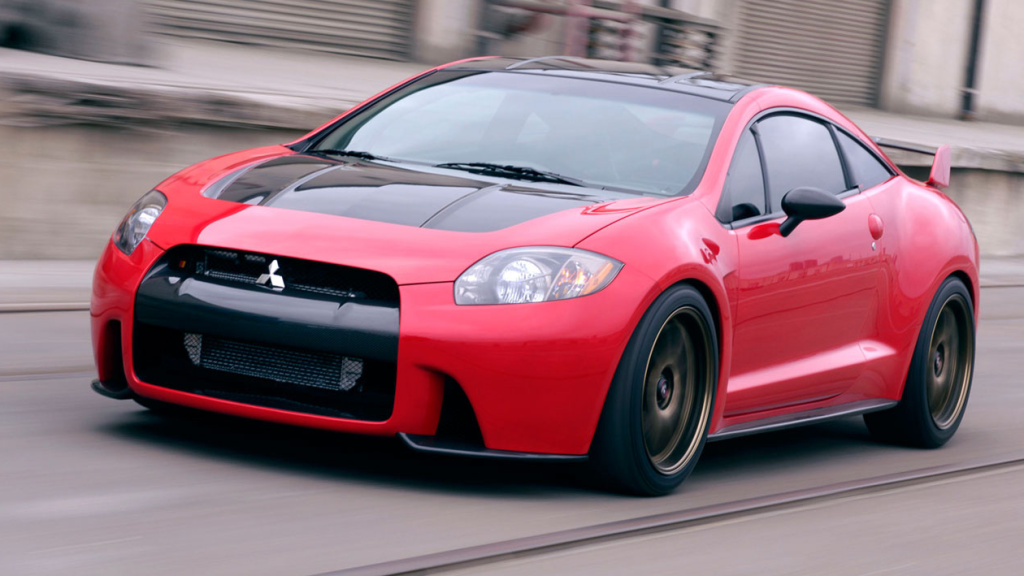
What Mitsubishi should have built is also this, the Ralliart concept car that they showed us back in 2006. It had a hybrid-electric 4WD system developed by MillenWorks and it was powered by the same 4G63 engine that gave the Lancer Evolution IX its fat punch. The result was stupendous, with a 0 to 60 time of 4 seconds. It also looked wild with its big rear spoiler and carbon fiber accents. The concept demonstrated that the fourth generation, with careful execution, could have been a worthy rival for the likes of Nissan Skyline GT-R and WRX STI. Of course, it was never put into production. Whether it was the right call or a fumble is up for discussion.
So, in the end, the fourth generation Eclipse was a sales failure. But it was not a full-on bad car at all. Sure, it had the ride quality of a horse cart and the interior might look as if it is inspired by a 18th century house, but these are exactly why it is one of the affordable alternatives to sports car equivalents with inflated prices of the present day. On top of that, it does not seem like the prices will go on the rise anytime soon, so the Eclipse GT could be a great car with a few aftermarket tweaks. If you ever get one, make sure to give it a proper personality; either keep it as a boulevard cruiser or turn it into a sleeper!

